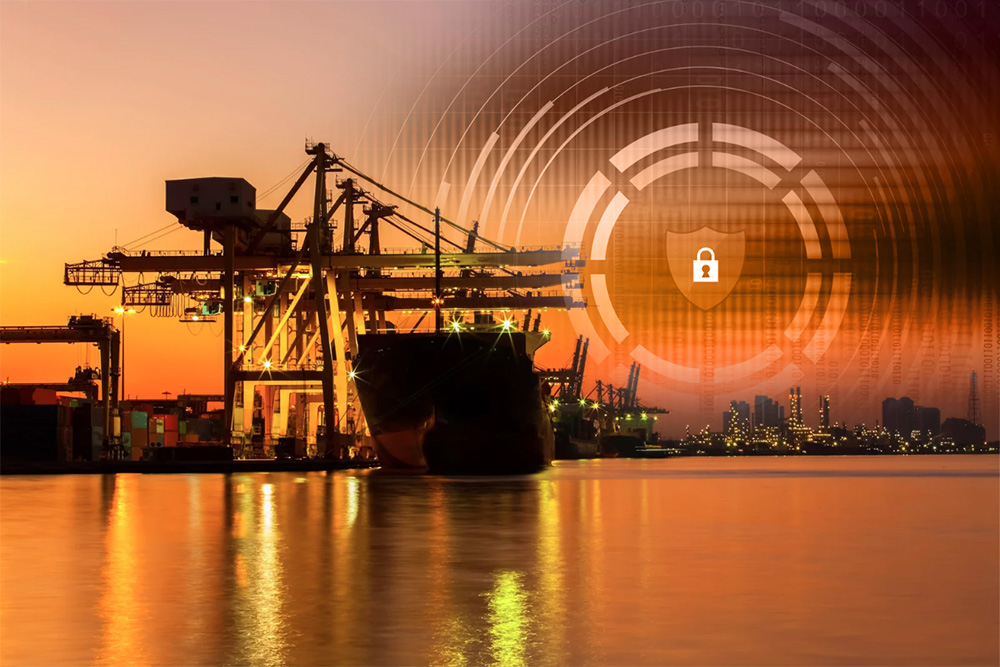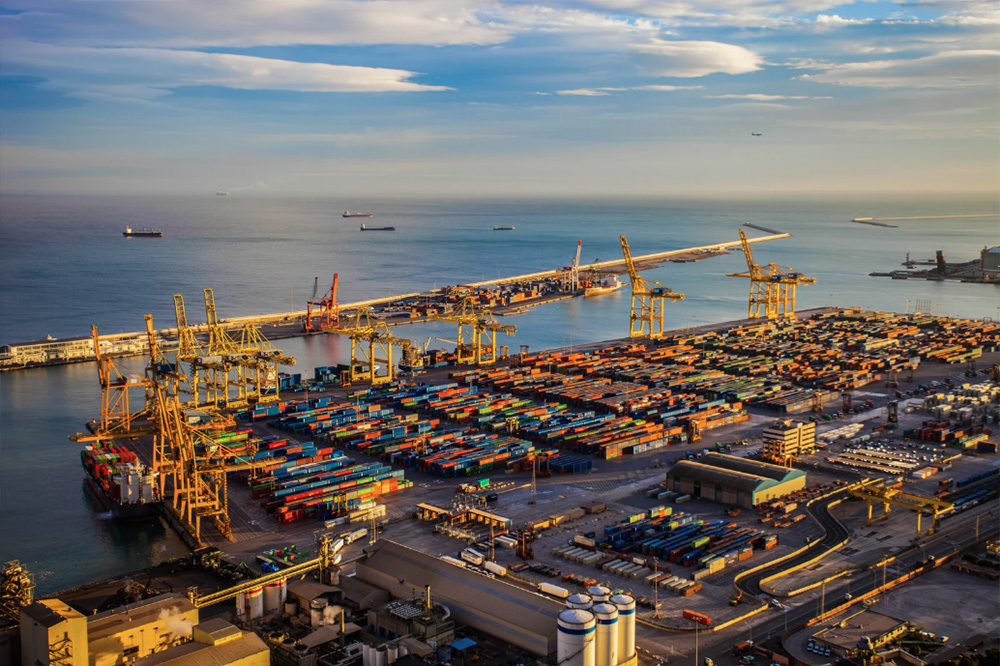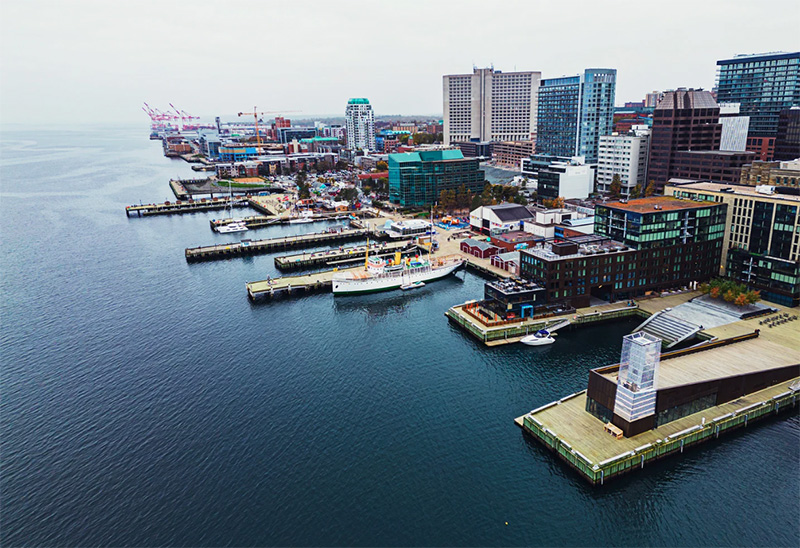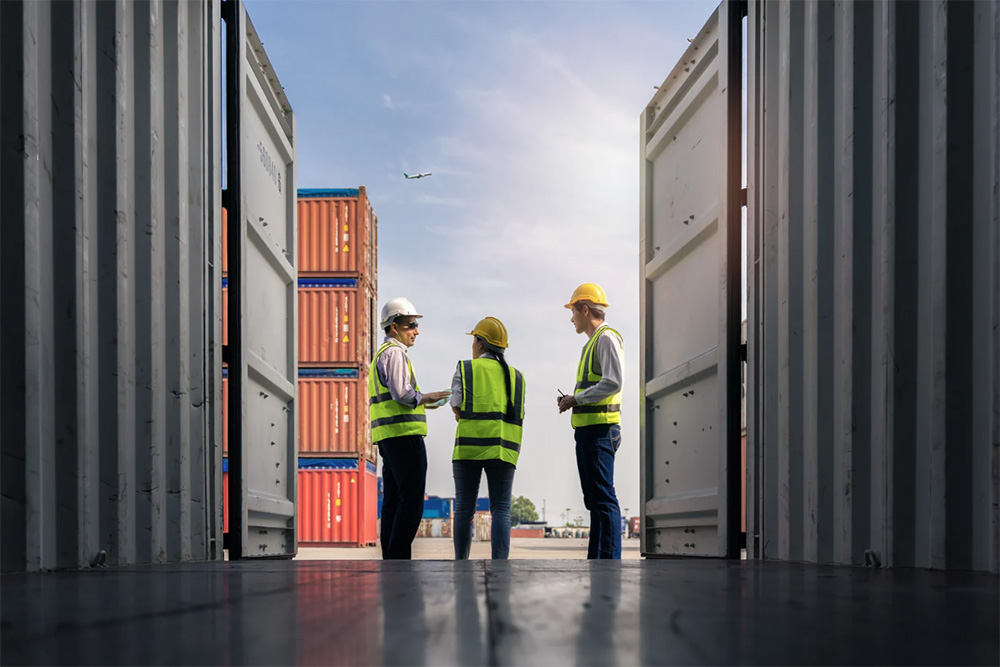
Maritime Software Security: What IT Leaders Need to Know (Before It’s Too Late)
The New Cyber Reality for Ports and Pilotage Authorities Ports and pilotage authorities aren’t just gateways for trade – they’re prime targets for cybercriminals. In
Smart port asset management is a holistic approach to managing port infrastructure, equipment, and resources through the integration of advanced technologies and data analytics.
At its core, smart port asset management leverages real-time data and predictive analytics to optimize asset utilization, enhance operational efficiency, and improve decision-making processes.
Key components of smart port asset management include IoT (Internet of Things) devices, sensor technologies, artificial intelligence, and cloud computing. These technologies work in synergy to collect and analyze data from various port assets such as cranes, containers, vehicles, and infrastructure. By gathering insights on asset performance, maintenance needs, and operational bottlenecks, ports can proactively address issues, prevent downtime, and maximize resource efficiency.
Furthermore, smart port asset management facilitates better visibility and transparency across port operations, enabling stakeholders to monitor key performance indicators in real-time. From tracking cargo movements to optimizing berth utilization, smart port asset management provides a comprehensive overview of port activities, leading to more informed decision-making and strategic planning.
The implementation of innovative technologies is at the heart of revolutionizing port asset management.
Ports are increasingly adopting cutting-edge solutions such as AI-powered predictive maintenance, blockchain for secure transactions, and autonomous vehicles for cargo handling. These technologies not only enhance operational efficiency but also pave the way for autonomous and interconnected port ecosystems.
For example, AI-based predictive maintenance systems can anticipate equipment failures before they occur, reducing downtime and maintenance costs.
Blockchain technology ensures secure and transparent transactions throughout the supply chain, enhancing trust and efficiency in port operations.
Autonomous vehicles and drones are revolutionizing cargo handling processes by streamlining operations and improving safety.
The integration of these innovative technologies into port asset management signifies a paradigm shift towards a more agile, efficient, and digitally advanced port environment. By leveraging these tools, ports can stay ahead of the curve, drive operational excellence, and meet the evolving needs of the maritime industry.
Next to technological advancements, data-driven decision-making lies at the core of optimizing efficiency in port operations.
By harnessing the power of big data analytics, ports can gain valuable insights into operational performance, resource utilization, and predictive maintenance needs. This data-centric approach enables port managers to identify inefficiencies, streamline workflows, and allocate resources more effectively.
Predictive analytics also plays a crucial role in anticipating operational challenges and optimizing port activities in real-time. By analyzing historical data and trends, ports can forecast demand, optimize vessel schedules, and mitigate potential disruptions. This proactive approach not only enhances efficiency but also improves overall port reliability and customer satisfaction.
In essence, data-driven decisions empower ports to make informed choices, drive continuous improvement, and adapt to dynamic market conditions. Leveraging data analytics and technology will lead maritime organizations to unlock new opportunities for growth, sustainability, and competitiveness in the global landscape.
Sustainability is a key imperative in modern port asset management, driven by the need to minimize environmental impact and embrace eco-friendly practices.
Smart port asset management plays a vital role in promoting sustainability by optimizing energy usage, reducing emissions, and implementing green technologies.
Through the adoption of renewable energy sources, energy-efficient equipment, and eco-friendly operational practices, ports can significantly lower their carbon footprint and contribute to a greener maritime industry. Smart port asset management enables ports to track and analyze environmental metrics, such as air quality, water consumption, and waste management, allowing them to implement proactive measures for environmental conservation.
Sustainability initiatives in port asset management extend beyond environmental concerns to encompass social responsibility and economic viability. Ports that prioritize sustainability not only reduce operational costs and regulatory risks but also enhance their brand reputation and stakeholder relationships.
Focusing on sustainability in port asset management is a necessity for maritime organizations seeking long-term resilience and competitiveness, and paves the way for a brighter, greener future in port operations.
As we navigate the ever-changing landscape of port operations, the significance of smart port asset management becomes increasingly evident.
By harnessing the power of data-driven decisions, innovative technologies, and a focus on efficiency and sustainability, ports can elevate their performance to new heights. Embracing these advancements is crucial for staying competitive, reducing environmental impact, and meeting the growing demands of global trade.
At Nicom Maritime, we specialize in developing cutting-edge IT solutions for seaports, pilotage authorities, and maritime exchanges. Schedule a free consultation call today to see how we can eliminate your IT headaches and ensure smooth maritime operations. Click Here to schedule now or call us at 1-833-231-6182 to get started.

Make smarter, faster decisions with a single view of your port’s operations. Nicom Maritime’s integrated dashboards connect billing, pilotage, dwell time, scheduling, and finance – giving your team real-time visibility into what’s happening across the port. No spreadsheets. No silos. Just clarity.

The New Cyber Reality for Ports and Pilotage Authorities Ports and pilotage authorities aren’t just gateways for trade – they’re prime targets for cybercriminals. In

The Power of Data-Driven Decision Making in Ports From September 16–18, port leaders from across Canada will gather in Halifax, Nova Scotia for the ACPA

Why Deployment Choices Matter in Maritime For ports and pilotage authorities, software is no longer just an operational tool – it’s critical infrastructure. From billing